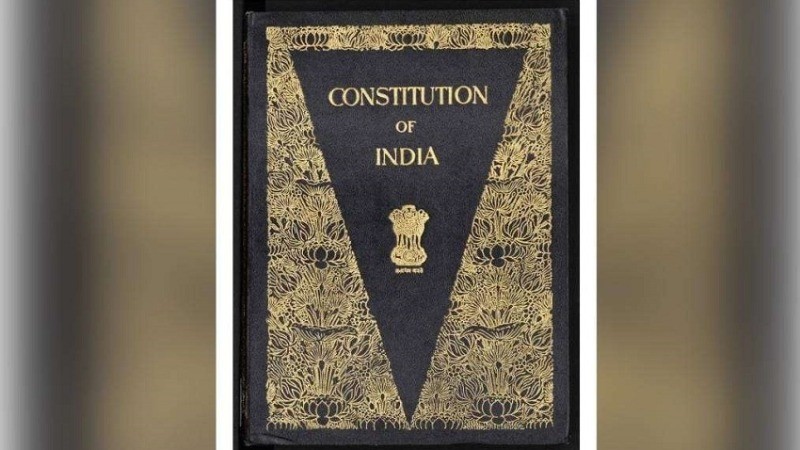
Constitution Day of India, also known as Samvidhan Divas, is celebrated every year on November 26 to honor the adoption of the Indian Constitution by the Constituent Assembly in 1949. This important day marks the foundation of the democratic values that guide India today.
Why is Constitution Day Important? Constitution Day holds great significance as it celebrates the values of justice, liberty, equality, and fraternity outlined in India’s Constitution. On this day, the country honors Dr. B.R. Ambedkar, who is revered as the principal architect of the Constitution. It was in 2015 that the Indian government officially declared November 26 as Constitution Day to commemorate the adoption of the Constitution in 1949, which came into effect on January 26, 1950, establishing India as a sovereign, democratic republic.
The Role of Dr. B.R. Ambedkar Dr. B.R. Ambedkar, as the Chairman of the Drafting Committee, played a key role in shaping the Constitution. His contributions have left a lasting impact on the nation, and Constitution Day is an occasion to reflect on his vision of a just and inclusive society.
Significance of the Day Constitution Day is an opportunity for citizens to reflect on the core values of India’s democracy. It promotes awareness about citizens' rights, responsibilities, and duties. The day also strengthens the ideals of justice, liberty, equality, and fraternity, encouraging national unity and civic responsibility.
On this day, people across the country are encouraged to engage with the Constitution’s principles, reaffirming their commitment to building a progressive, inclusive, and equitable society. Constitution Day serves as a reminder of India’s ongoing journey toward a more just and democratic future.
A Brief History of India’s Constitution The Indian Constitution was drafted during a critical period in India’s history, following its struggle for independence. Before independence, India was governed by the Government of India Act, 1935, but it lacked provisions for a fully sovereign republic.
In December 1946, a Constituent Assembly was formed through elections held under the Cabinet Mission Plan. The Assembly initially had 389 members, including prominent figures like Dr. B.R. Ambedkar, Jawaharlal Nehru, and Sardar Patel. After the Partition of India, the membership was reduced to 299. The Assembly first met on December 9, 1946, and was chaired by Dr. Rajendra Prasad.
Dr. Ambedkar led the Drafting Committee, which took over two years, 11 months, and 18 days to finalize the draft of the Constitution. On November 26, 1949, the Constituent Assembly adopted the Constitution, which came into force on January 26, 1950, officially marking India’s transition into a democratic republic.
The Indian Constitution is the longest written constitution in the world, initially containing 395 articles and 8 schedules. It draws inspiration from various global constitutions and strikes a balance between flexibility and rigidity, ensuring the protection of citizens' rights while emphasizing their duties.
Parliament Winter Session: Nirmala Sitharaman to Present Banking Law Amendments